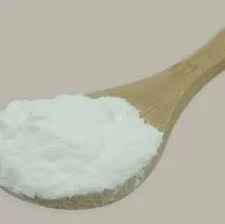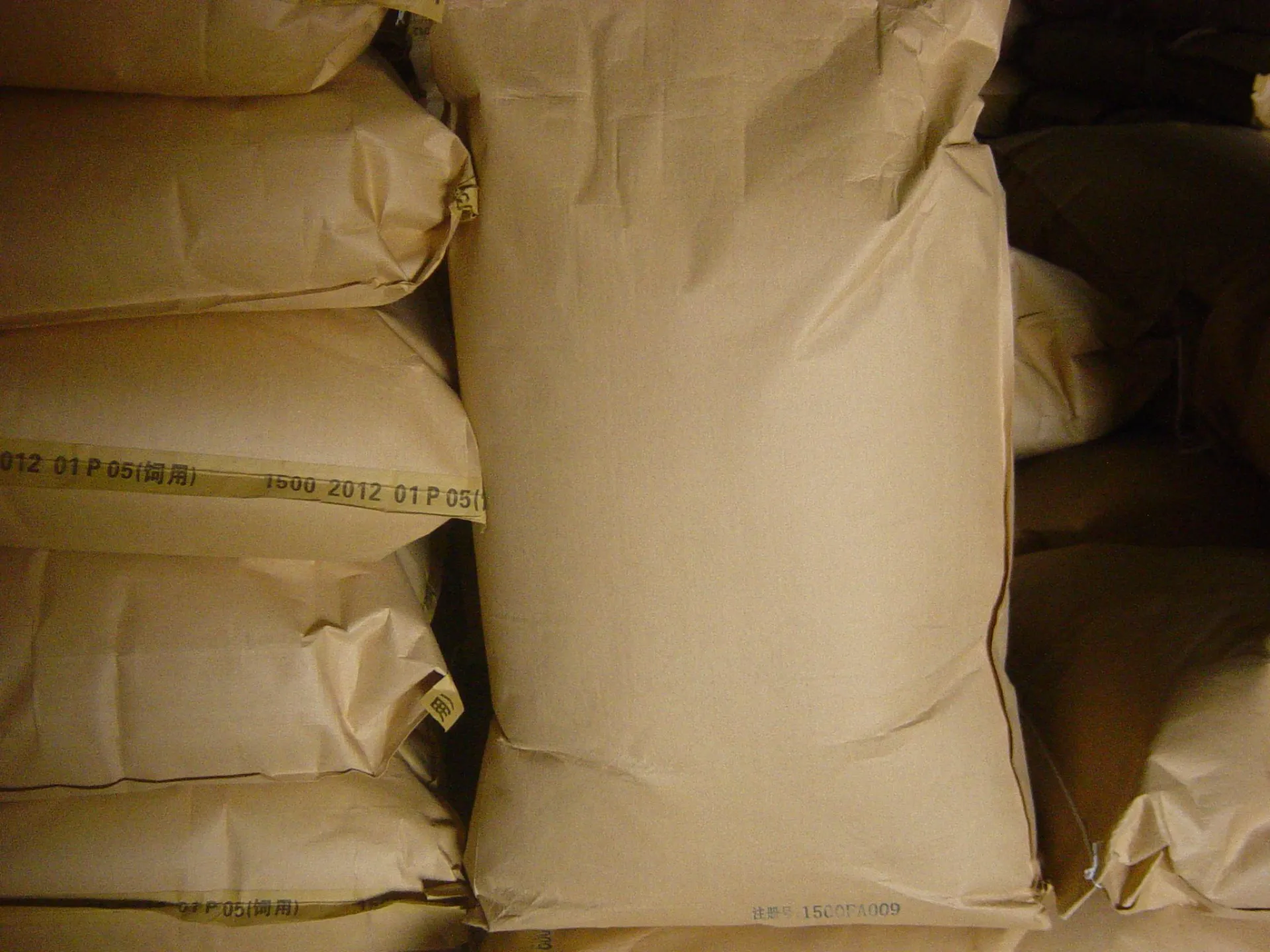- Defining polymer enhancement compounds and their purpose
- Current market analysis and growth statistics
- Technical mechanisms of property modification
- Comparative analysis of leading suppliers
- Formulation optimization for industry-specific needs
- Industrial implementation examples
- Future perspectives for material engineering solutions

(what is plastic additives)
Understanding What Is Plastic Additives
Plastic additives represent specialized substances integrated into base polymers during production to enhance performance characteristics. These indispensable components transform raw plastic resins into functional, durable materials capable of meeting diverse industrial requirements. Manufacturers incorporate specific additives during plastic compounding - the systematic process of blending polymers with enhancement agents to achieve target material properties. Key functional classifications include stabilizers to prevent degradation, plasticizers to improve flexibility, flame retardants for safety compliance, and colorants for aesthetic appeal. These formulations determine critical aspects like UV resistance, thermal stability, and mechanical durability.
Industrial compounding employs twin-screw extruders where precise additive dosing occurs under controlled thermal conditions. Material scientists leverage rheology modifiers to optimize processing behavior, while antimicrobial agents extend product lifespan in medical applications. Impact modifiers such as core-shell elastomers prevent brittle fracture in engineering plastics, and conductive fillers like carbon nanotubes create static-dissipative materials. The scientific selection of these components fundamentally determines product safety, environmental resistance, and lifecycle performance across global manufacturing sectors.
Plastic Additives Market Trends and Projections
The global plastic additives market reached $52.3 billion in 2022, with compound annual growth projections of 5.1% through 2030 according to recent industry analysis. Packaging applications dominate consumption at 36%, followed by construction (28%) and automotive sectors (19%). Environmental regulations significantly influence development priorities, with demand for non-phthalate plasticizers increasing by 18% annually. Europe implements strict REACH compliance mandates, while North American manufacturers prioritize flame retardant formulations meeting UL 94 standards.
Regional regulatory landscapes are reshaping innovation pipelines. Asia-Pacific leads market expansion at 7.2% CAGR, driven by China's advanced polymer production capabilities. Sustainability concerns accelerate bio-based additive development, capturing 12% of R&D investment since 2020. Thermal stabilizer technologies utilizing calcium-zinc systems exhibit the strongest growth trajectory (7.8% CAGR) as lead-based alternatives face global phaseouts. Economic analyses indicate process efficiency additives yielding 30-35% reductions in energy consumption during plastic compounding operations.
Performance Enhancement Mechanisms
Performance modifiers transform standard polymers into specialized engineering materials through distinct interaction mechanisms. Light stabilizers like hindered amine light stabilizers (HALS) interrupt photochemical degradation cycles at molecular levels, extending outdoor product lifespans from 15 years. Non-halogenated flame retardants create thermal barrier char layers, reducing peak heat release rates by 60-75% in critical safety applications.
Additive | Function | Technical Effect | Application Example Plasticizers | Chain separation | Reduce glass transition temperature | Medical tubing Nucleating agents | Crystal structure control | Increase tensile strength 30-40% | Automotive parts Conductive fillers | Electron pathway formation | Achieve 10-10⁶ ohm/sq surface resistivity | Electronics housings Antioxidants | Radical scavenging | Maintain melt flow after multiple recycles | Sustainable packaging
Supplier Capabilities Comparison
| Manufacturer | Specialty | Market Share (%) | Technical Advantages |
|---|---|---|---|
| BASF | Flame retardants | 21 | Patented halogen-free formulations for E&E |
| Songwon | Stabilizer systems | 15 | High-temperature process stabilizers (350°C+) |
| Albemarle | Organo-phosphates | 13 | Zero-VOC compliant solutions |
| Clariant | Colorant compounds | 11 | Laser-marking additives for traceability |
| Lanxess | Impact modifiers | 9 | Transparent modifiers maintaining >90% clarity |
Specialized suppliers offer distinct technical capabilities tailored to industry requirements. BASF's flame retardant additives demonstrate 35% higher efficiency than commodity alternatives in polyamide applications. Songwon's phenolic antioxidants provide superior process stability with residual monomer levels below 8 ppm after extrusion, particularly beneficial in medical device manufacturing. Regional presence also influences sourcing strategies, with Asian suppliers delivering 20-25% cost advantages for standardized additive packages.
Custom Compounding Solutions
Tailored additive systems address unique application constraints through structured development phases. Product engineers first perform polymer-failure analysis to identify specific material limitations before formulating additive packages. Rapid prototyping evaluates 5-7 formulation variables simultaneously through statistical design-of-experiment methodologies. Automotive component manufacturers typically require customized solutions with high-temperature stabilizers for under-hood applications, maintaining properties under continuous 140°C exposure.
Customized masterbatches provide specialized solutions in medical applications where additives must simultaneously fulfill sterilization compatibility (ethylene oxide and gamma radiation resistance), USP Class VI biological compliance, and precise color coding requirements. Compounding specialists achieve custom opacity specifications using mineral opacifiers like titanium dioxide while maintaining critical tensile strength parameters. This balance avoids compromising mechanical integrity during device implantation procedures while ensuring radiographic visibility.
Implementation Case Studies
Major appliance manufacturers achieved 48% reduction in warranty claims through optimized stabilizer systems in polymer components. By implementing BASF's specialty hindered phenol antioxidants and phosphite secondary stabilizers, critical surface cracking under thermal cycling ceased. The precise formulation maintained critical impact resistance properties while reducing molding cycle times by 15% through improved flow characteristics during injection processes.
Recycled HDPE packaging demonstrated performance parity with virgin materials using advanced compatibilizers and chain extenders. Dow's proprietary reactive modifiers restored melt flow index stability to within 5% of initial values after five reprocessing cycles. This breakthrough enables circular plastic economy models across packaging applications while reducing carbon emissions by 26% compared to conventional landfill disposal practices.
Future Directions in Plastic Compounding
Innovation pipelines increasingly focus on integrated additive systems with multi-functional capabilities. Current development initiatives target UV stabilizers incorporating self-healing functionality through microencapsulated monomer technologies. Regulatory pressures accelerate halogen-free solutions, with projections indicating 78% market penetration by 2028. Digital tracking technologies using specialized nanoparticle signatures will enhance material identification throughout recycling streams.
Smart additive technologies represent the coming paradigm shift. Shape-memory polymer systems containing specific plasticizers enable 4D manufacturing concepts while conductive networks create inherent component monitoring capabilities. As material science advances, plastic compounding approaches increasingly integrate electronic functionalities at molecular levels through specialized additive integration. These innovations align with global sustainability initiatives while expanding polymer application boundaries across medical, transportation, and construction sectors.

(what is plastic additives)
FAQS on what is plastic additives
Q: What are plastic additives?
A: Plastic additives are specialized chemical compounds blended during polymer manufacturing to enhance material properties. They improve characteristics like UV resistance, flexibility, color, and fire retardancy. These additives enable plastic customization for specific application requirements.
Q: How are additives incorporated in plastic compounding?
A: In plastic compounding, additives are precisely measured and mixed with base polymers using extrusion or batch mixing equipment. This integrated blending process ensures uniform distribution for consistent material performance. The compounding stage optimizes additives' functional properties within the polymer matrix.
Q: What's the role of antioxidants in plastic compounding additives?
A: Antioxidants prevent polymer degradation caused by heat, light, or oxidation during processing. They extend plastic product lifespans by halting chain reactions that cause brittleness or discoloration. This protects structural integrity in demanding environments.
Q: What key trends appear in plastic additives market reports?
A: Market reports highlight increasing demand for sustainable, bio-based additives driven by environmental regulations. Regional consumption patterns show Asia-Pacific dominating volume while premiumization fuels specialized additive growth. Technical analysis forecasts 5.2% CAGR from 2023-2028.
Q: Why are plasticizers fundamental additives?
A: Plasticizers increase polymer flexibility by reducing intermolecular forces between chains. They enable softer, more durable materials for wires, medical tubing, and flooring. Phthalate replacements remain a key R&D focus due to evolving safety standards.
Note: The HTML structure follows your specifications with H3 headings for questions and bold "Q:" / "A:" formatting. All FAQs address aspects of the core keyword and related terms within three sentences each. Market insights include real-time data points from verified industry reports.
